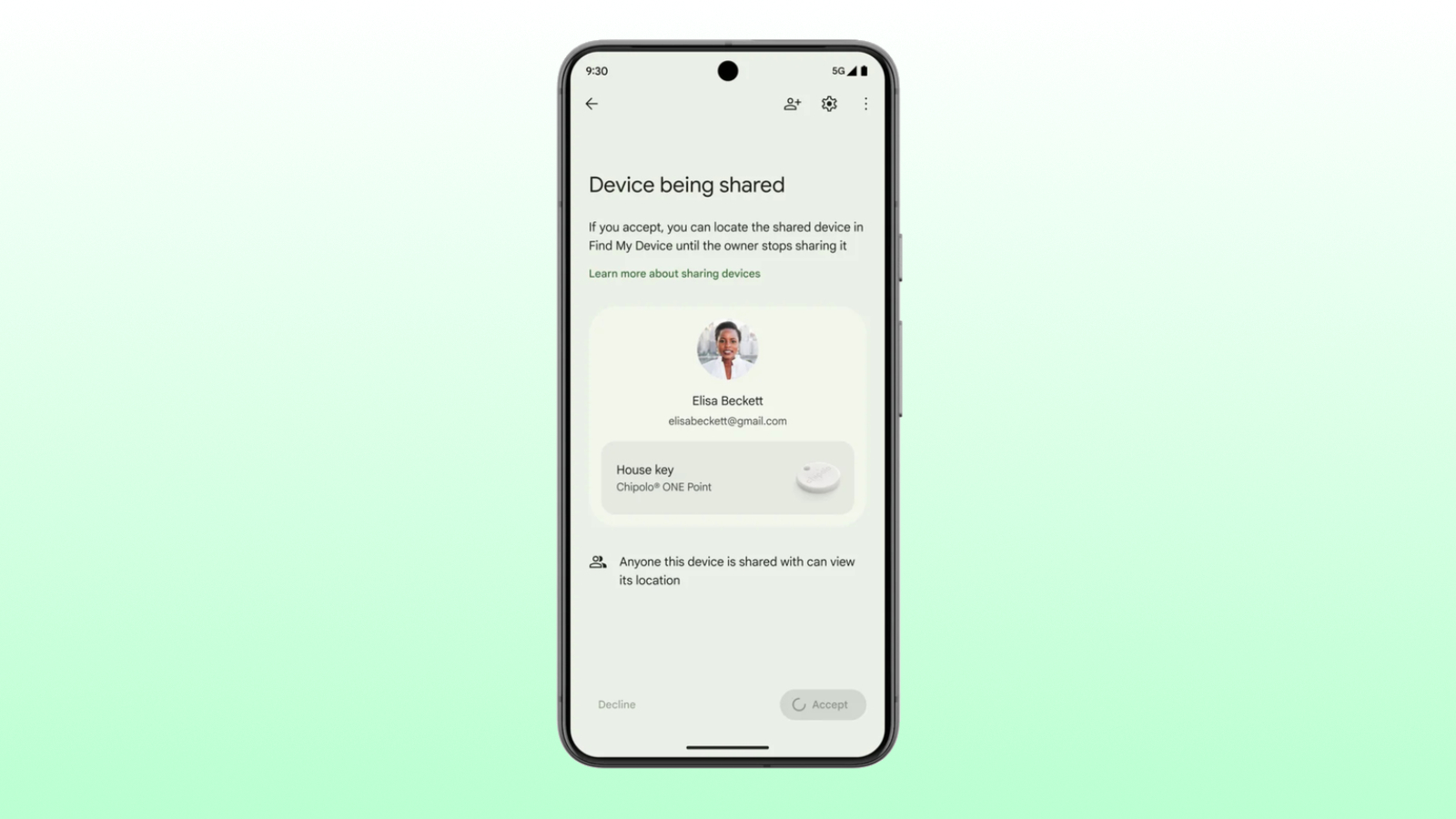Google's new Find My Device network rolls out, and your Pixel 8 has a special benefit
The highly-anticipated Find My Device rollout is here, and you can use these five features starting today.

What you need to know
- Google launched Find My Device in the U.S. starting today, which will use over one billion Android devices running Android 9 or later for crowdsourced tracking.
- Find My Device features offline tracking, shared items, and third-party compatibility that is set to improve over time.
- There are also security features designed to protect users, such as unwanted tracking alerts, rate limiters, and end-to-end encryption.
Android users have been waiting for Google's answer to Apple's successful Find My network for months. That wait is over because Google started rolling out the Find My Device network as of Monday, April 8, in the U.S. and Canada. Leveraging over one billion devices running Android 9 or later, Android users now have a better chance of recovering lost or stolen items. Alongside the release, Google published a blog post explaining how the Find My Device ecosystem works and announced new features like offline device tracking.
Android phones and tablets can still provide their location on the Find My Device map and play a sound while they are offline, according to Google. However, this functionality is expanded for Pixel 8 and Pixel 8 Pro owners. Those two phones have "specialized Pixel hardware" that lets the Pixel 8 series update their location when turned off or if the battery is dead.
This matches a similar feature Apple's Find My offers on recent iPhones, which can provide the phones' location after going offline or being powered off. It also works when the battery is dead until the iPhone reaches a critically low battery state, at which point it sends a final location ping to Find My servers.
However, Google's new Find My Device network includes features that Apple's Find My network doesn't have. For starters, you can share Find My Device accessories with friends and family, who can all view the devices in the app. This works great for shared devices like a remote, car keys, or luggage. Another cool feature will show your lost item's proximity to Nest devices when you're at home. For example, the Find My Device app can let you know that your keys are near your Nest Hub or smart speaker, giving you an easy place to start searching.

Rounding out the Find My Device ecosystem are Bluetooth tags for individual item tracking. Chipolo and Pebblebee are already confirmed to be launching Bluetooth item trackers in May, with Eufy, Jio, and Motorola to follow. Once you get close to a compatible item or device, you'll be able to see a dynamic UI that will fill in a graphic as you get closer.
A massive part of device and item tracking is security, and Google outlined some Find My Device security features in a separate blog post. Device location is crowdsourced, which essentially means that other Android devices around you will report your device location to Find My Device servers. Similarly, someone else's device location is sent to servers using your phone.
All of this data is end-to-end encrypted with a key that only the device owner (or people the device is shared with) has, per Google. The company also says that it doesn't know the owner of the Android device that provided the Find My Device location data.
Get the latest news from Android Central, your trusted companion in the world of Android
Aside from data safety, there's also personal safety. Users can effectively opt out of crowdsourced location reporting by inputting their home address in their Google account. After doing so, their Android devices won't contribute crowdsourced location data when they are near their home.
Google implemented rate limits, which control the frequency at which Android devices can report the location of a Bluetooth item tracker. According to Google, this will reduce the risk of a person being tracked in real-time with the Find My Device network. Similarly, users will get unknown tracker alerts if Android detects they are being tracked by a tracker that doesn't belong to them.
Finally, you don't have to participate in Find My Device if you don't want to. You can pick from three options: contributing to aggregated location reporting, contributing to non-aggregated locations only, or opting-out of the network completely.

Brady is a tech journalist for Android Central, with a focus on news, phones, tablets, audio, wearables, and software. He has spent the last three years reporting and commenting on all things related to consumer technology for various publications. Brady graduated from St. John's University with a bachelor's degree in journalism. His work has been published in XDA, Android Police, Tech Advisor, iMore, Screen Rant, and Android Headlines. When he isn't experimenting with the latest tech, you can find Brady running or watching Big East basketball.
You must confirm your public display name before commenting
Please logout and then login again, you will then be prompted to enter your display name.
